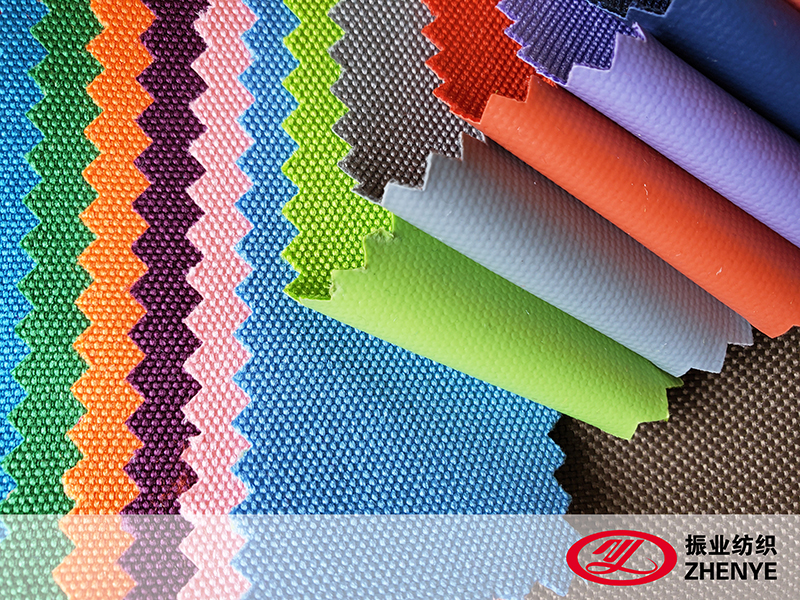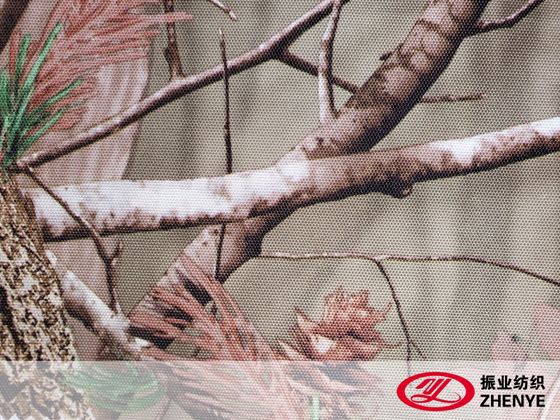Recycled polyester fabric has gained popularity in recent years due to its sustainability, versatility, and performance. Made from post-consumer or post-industrial polyester waste, this fabric reduces environmental impact while offering the durability and functionality of traditional polyester.

Importance of Recycled Polyester Fabric
Recycled polyester fabric is important because it combines environmental responsibility with practical performance. By utilizing existing polyester waste, such as PET bottles or textile scraps, recycled polyester reduces landfill waste and conserves resources compared to producing virgin polyester. In addition to its sustainability benefits, recycled polyester retains many of the desirable properties of traditional polyester, including strength, resistance to stretching and shrinking, quick-drying capabilities, and easy maintenance. This makes it suitable for a wide range of applications, from apparel and accessories to home textiles and industrial products.
Key Characteristics of Recycled Polyester Fabric
Several characteristics define the performance and suitability of recycled polyester fabric:
1. Durability and Strength
Recycled polyester is known for its durability. The fabric resists tearing, stretching, and abrasion, making it suitable for everyday wear, sportswear, and outdoor gear. Its strength allows it to maintain shape and appearance over time, even with frequent use and washing. Reinforced weaving or blends with other fibers can further enhance its performance for specific applications.
2. Moisture Wicking and Quick-Drying
Recycled polyester fabrics often retain moisture-wicking properties, drawing sweat away from the body and allowing it to evaporate quickly. This characteristic is particularly valuable in activewear, athletic gear, and outdoor apparel, ensuring comfort during physical activity. The quick-drying nature of polyester also makes it ideal for garments that require frequent washing or exposure to moisture.
3. Lightweight and Flexible
Recycled polyester is lightweight and flexible, making it easy to handle and wear. Its flexibility allows it to drape well in clothing and conform to different designs. It can also be blended with other fibers, such as cotton or spandex, to enhance softness, elasticity, or texture, broadening its application possibilities.
4. Color Retention and Printability
Recycled polyester holds dyes and colors effectively, allowing vibrant and long-lasting finishes. It is also suitable for various printing techniques, including digital, screen, and sublimation printing. These properties make recycled polyester a popular choice for fashion, branding, and home decor applications where visual appeal is important.
5. Environmental Sustainability
The primary advantage of recycled polyester is its reduced environmental impact. Using recycled materials conserves petroleum resources, reduces energy consumption in production, and diverts waste from landfills and oceans. Additionally, many recycled polyester fabrics are produced with eco-conscious manufacturing processes that minimize water and chemical usage.
6. Maintenance and Care
Recycled polyester fabrics are generally easy to care for. They are machine washable, quick to dry, and resistant to wrinkles and shrinkage. These practical qualities make them convenient for both consumers and manufacturers who value low-maintenance textiles.
How to Choose Recycled Polyester Fabric
Selecting the right recycled polyester fabric depends on intended use, performance requirements, and aesthetic preferences:
Consider the Application: For sportswear or activewear, look for fabrics with high breathability, moisture-wicking, and stretch. For casual clothing or home textiles, durability and drape may be more important.
Check Fabric Weight and Thickness: Lightweight fabrics are ideal for summer garments or layering, while heavier weights provide warmth, structure, and durability.
Assess Blends: Blending recycled polyester with natural fibers, such as cotton or bamboo, can enhance softness, comfort, or texture while maintaining eco-friendly benefits.
Examine Sustainability Certifications: Fabrics certified by organizations such as GRS (Global Recycle Standard) or OEKO-TEX provide assurance of recycled content and environmentally responsible production.
Evaluate Color and Finish Options: Choose fabrics that offer the desired colorfastness, printability, and surface texture for the intended design or application.
Consider Care Requirements: Ensure the fabric is easy to maintain and aligns with the user’s washing and drying preferences.
Applications of Recycled Polyester Fabric
Recycled polyester fabric is widely used in:
Apparel: Activewear, jackets, dresses, and casual wear
Accessories: Bags, hats, and outdoor gear
Home Textiles: Curtains, cushions, upholstery, and bed linens
Industrial Uses: Protective coverings, banners, and reusable materials


 EN
EN
 English
English Español
Español 中文
中文

.jpg)
.jpg)
-1.jpg)
-1.jpg)

